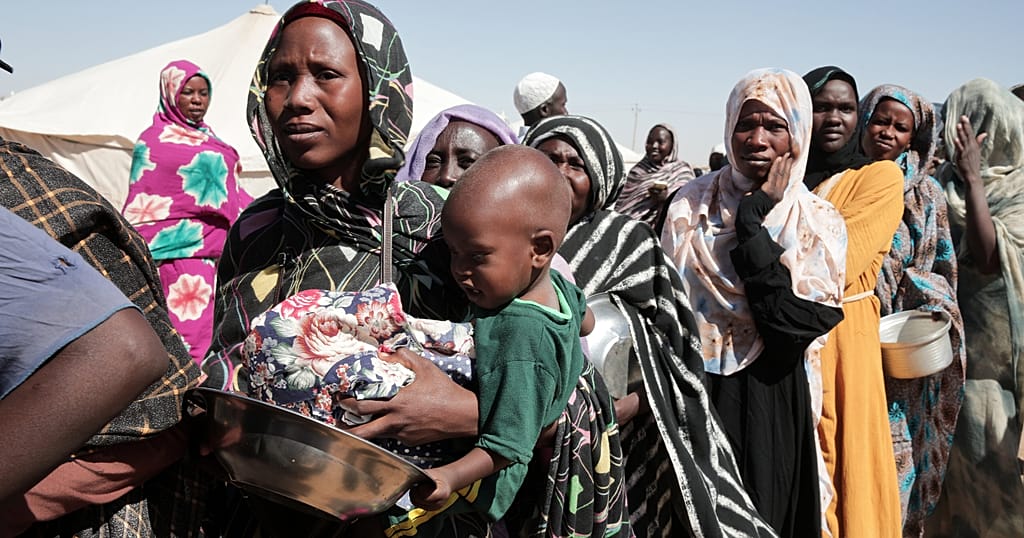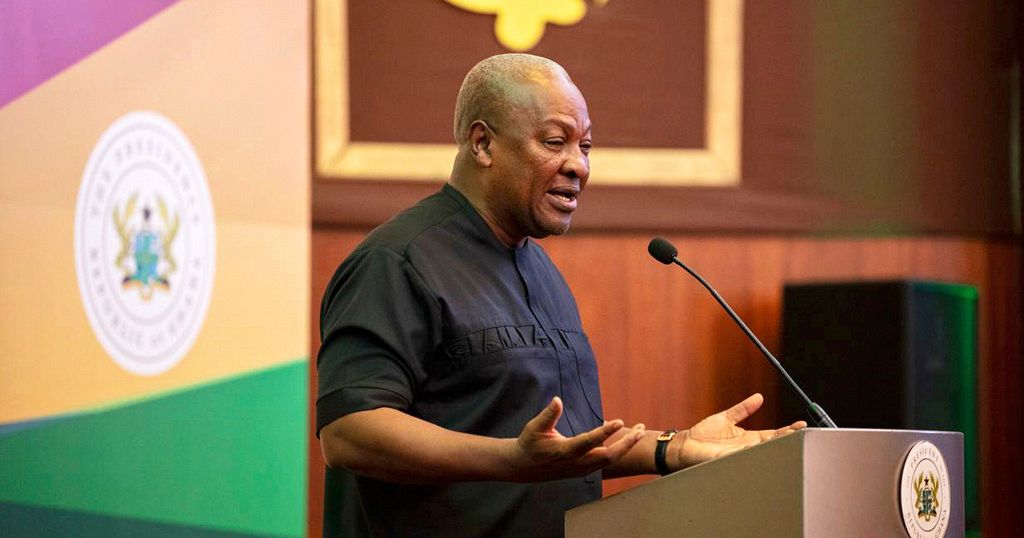Namibia’s ‘founding father’ Sam Nujoma honoured in state funeral

Namibia’s founding president, Sam Nujoma, who steered the country to freedom from apartheid South Africa, was laid to rest in the country’s Heroes Acre cemetery on Saturday.
It was attended by his widow, children, grandchildren, and great-grandchildren and African leaders past and present.
They described Nujoma as an African icon, and a man of principles who defended the African continent against colonial systems.
“On these hallowed grounds the final resting place of Namibia’s heroes and heroines to lay to rest. A most distinguished son of the soil. A giant among leaders and a revolutionary icon,” said incumbent president Nangolo Mbumba.
Mourners from all corners of the country gathered from early in the morning at Heroes Acre in the capital, Windhoek, to pay their respects to Nujoma who died two weeks ago at the age of 95.
Described as the “founding father” of Namibia, he rose from herding cattle as a boy to leading the county’s independence struggle against apartheid South Africa.
He was seen as the last of a generation of leaders who headed anti-colonial movements and fought for freedom across the continent.
“He’s an epitome of the struggle for the liberation of an African person. The African person in this context, Namibia, he is one of the few who stood up in the 50s to fight against apartheid, racial discrimination,” said Pendukeni Ithana, vice-chairperson of the Sam Nujoma Foundation.
Nujoma who served three terms as president from 1990 to 2005 was widely credited with bringing peace and stability to Namibia.
Namibia had observed a 21-day mourning period, with flags at half-staff. Nujoma’s body was honoured with a nationwide farewell as his remains were flown to seven regions including his village homestead of Etunda, in Okahao.
As his casket, draped in the Namibian flag, was lowered, there was a 21-gun salute and a flypast by the Namibian Air Force.
Source: Africanews















